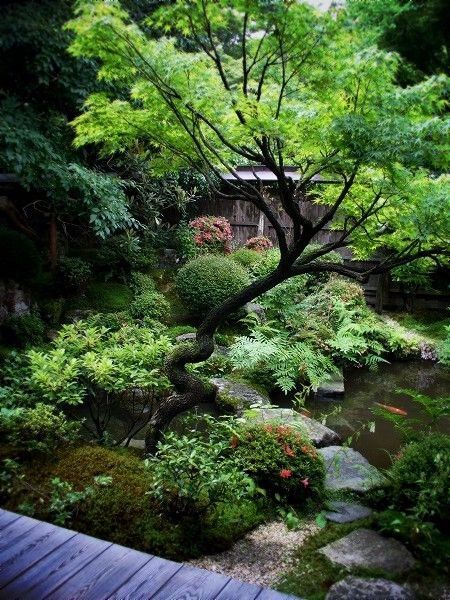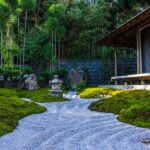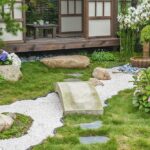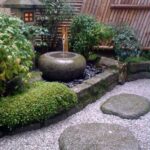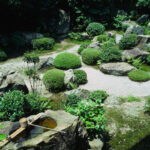Japanese garden design is known for its unique and serene aesthetic that incorporates natural elements to create a tranquil and harmonious space. Rooted in Zen Buddhism and traditional Japanese culture, these gardens are designed to evoke a sense of calm and inner peace for those who visit them.
One key feature of Japanese garden design is the use of water elements, such as ponds, streams, and waterfalls. Water is believed to have a soothing effect on the mind and body, and is often used to create a sense of movement and flow within the garden. Bridges and stepping stones are also commonly used to navigate around the water elements, adding to the overall sense of tranquility.
Plants and trees play a crucial role in Japanese garden design, with an emphasis on creating a natural and harmonious balance between man-made structures and the surrounding landscape. Traditional Japanese gardens often include a variety of carefully selected plants, such as cherry blossoms, bonsai trees, and moss, to create a peaceful and contemplative atmosphere. The careful arrangement of these plants and trees is meant to mimic the natural beauty of Japan’s diverse landscapes.
Another important element of Japanese garden design is the use of rocks and stones to create a sense of stability and structure within the garden. Rocks are strategically placed to represent mountains, islands, or other natural formations, with their size, shape, and placement carefully chosen to evoke a sense of balance and harmony. Stone lanterns and pagodas are also common features in Japanese gardens, adding a touch of traditional Japanese architecture to the overall design.
Japanese garden design often incorporates elements of asymmetry and negative space to create a sense of openness and tranquility. Paths and walkways are intentionally designed to meander and zigzag, allowing visitors to slow down and appreciate the beauty of their surroundings. The use of different textures, materials, and colors further enhances the visual appeal of the garden, creating a dynamic and engaging space for contemplation and relaxation.
Overall, Japanese garden design is a testament to the rich cultural heritage and reverence for nature in Japan. By incorporating elements of water, plants, rocks, and structures in a harmonious and balanced way, these gardens offer a peaceful sanctuary for reflection, meditation, and connection with the natural world. Whether in a traditional tea garden or a modern urban oasis, the principles of Japanese garden design continue to inspire and captivate people around the world with their timeless beauty and serenity.
